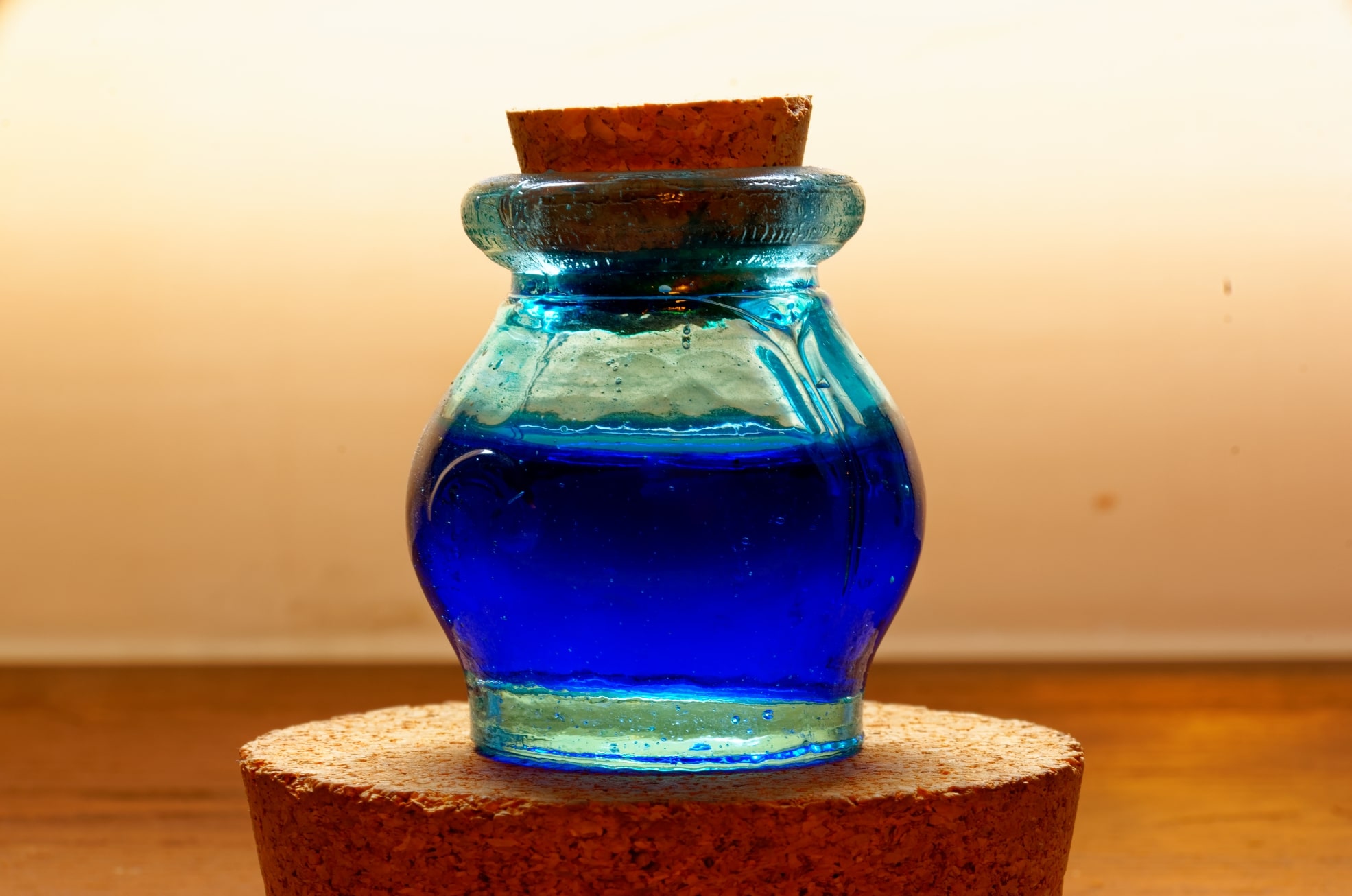
Share this content!
Share this content!
Polynesians, Dungeons & Dragons, Larry Niven, Magic: The Gathering, Warcraft, Diablo, The Elder Scroll… Yes, this list seems random, but they all have one element in common: Mana.
Nowadays, it is very easy to assume that Mana in gaming is simply an attribute that a character can have in an RPG or video games. This attribute allows the execution of game mechanics related to casting spells of different natures.
In any gamer’s mind, Mana is a bottle with a blue liquid or a blue status bar. But to determine whether you really need Mana to enjoy a game, we must first talk about its origin.
Did you know that the origin of Mana goes back millennia? Yes, Mana is a concept that originated in Polynesian mythology and religion. The word Mana refers, among others, to a “supernatural power.”
Centuries of “cultural exchange” passed as European scholars debated the true meaning of “Mana”. That was until Mircea Eliade wrote a dissertation on yoga in 1933. Over the years, he further introduced the concept of Mana to the West and continued to elaborate on it.
A New Age is coming

By 1950, baby boomers were searching for new concepts of spirituality and counterculture that would distance them from previous generations. With the rise of this psychedelic-centered cultural movement, the use of the term “mana” as something profound and spiritual connecting us all to a divinity became more popular.
Little by little other intellectuals, such as Alan Watts, continued to create books and publications with Mana as the main protagonist. In 1969 the word Mana finally consolidated within popular culture. Larry Niven, author of well-known works such as “Ringworld” or “The Mote in God’s Eye,” published that year his short story entitled “Not Long Before the End.”
In this work, Niven described a world of the distant past, full of Mana, where wizards consumed it while casting spells until it was exhausted. The consequence of this was our modern world, with no magic available at all.
A few years later, in 1974, Dungeons And Dragons (D&D) appeared. This was the first modern role-playing game that would mark a whole generation until today.
Although it initially included the possibility of casting spells, these were limited and could be memorized. Then cast and forgotten forever, so a mana point system was unnecessary.
But, like everything in life, D&D was destined to evolve, mutate and change. Sooner rather than later, many spin-offs and ecosystems revolving around D&D appeared. This trend led to implementing “spell points” or even “energy points,” depending on who you ask.
The dynamic was forged forever: each spell requires a certain number of points to cast. While “spell points” mechanically made sense, it didn’t make sense within the fantasy world of D&D. That’s when Larry Niven’s “Mana” became popular.
A D&D variant, known as “Arduin Grimoire,” was created in the mid-1970s by David Hargrave and published in books. Hargrave built a magic system with the help of Isaac Bonewits. Isaac admired Mircea Eliade and had a bachelor’s degree in “magic” from the University of California.
Bonewits’ experience and knowledge allowed him to describe and create magic systems within games. These systems were based on how “real” magic worked.
The first role-play videogames with Mana
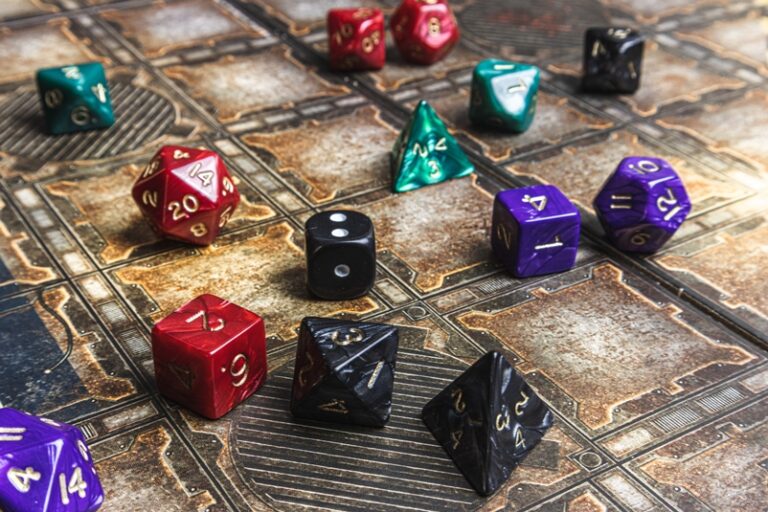
Around the same time, one of the first video game versions of D&D was created, but it still needed to include Mana Points. These early computers were mainly for military use, so it was not common to find computers in people’s homes.
But a beautiful coincidence was about to happen. David Hargrave and Isaac Bonewits were more than just fans of D&D and Larry Niven. They also knew how to program computers. So, by the end of 1975, the first Dungeons And Dragons computer game appeared.
These early versions of the game were somewhat basic when compared to the board game, so they did not include very complex spell mechanics. By 1980, gamers could enjoy a complex implementation of magic and spells.
Initially, these games used the “spell point” system, but by 1983 Ultima III appeared, which used “Magic Points,” commonly abbreviated as “MP.” Final Fantasy also used these acronyms in 1987, but that same year, the video game called “Dungeon Master” made it clear that “MP” stood for “Mana Points.”
The popularity of “Mana” continued to grow, as by 1993, Magic; The Gathering (M: tG) was created. M: tG is a trading card game that continues to be extremely popular today. Mana is a focal point of this game, where players had to harvest it and use it to activate certain cards. Of course, this was a clear homage to Larry Niven’s “Magic Goes Away” series.
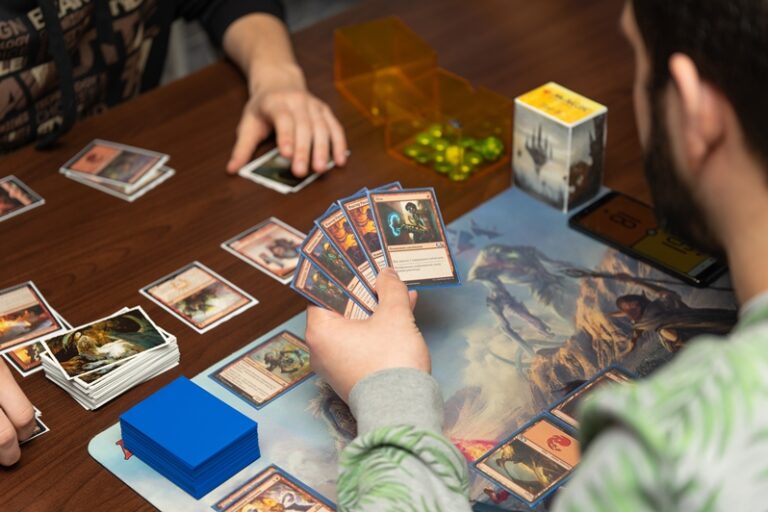
M: tG became so popular that it even inspired Blizzard, the studio in charge of launching Warcraft: Orcs & Humans (or Warcraft I) in 1994. This is a real-time strategy video game with a spell point system measured by a green bar, which no one really identified. But by 1995, Warcraft II was released, which perfected the world and story of this game, including a blue magical energy bar.
Since then, the most representative color of Mana has been blue. It sometimes can be represented with purple variations, but, let’s face it, blue not only looks cooler, but it’s more widespread and intuitive. We can even go further in color theory, as red represents the health and blood of a character, and blue, as an opposite color, stands for spiritual power, so blue mana potions and bars became the right way to go.
Warcraft and Diablo settled things up
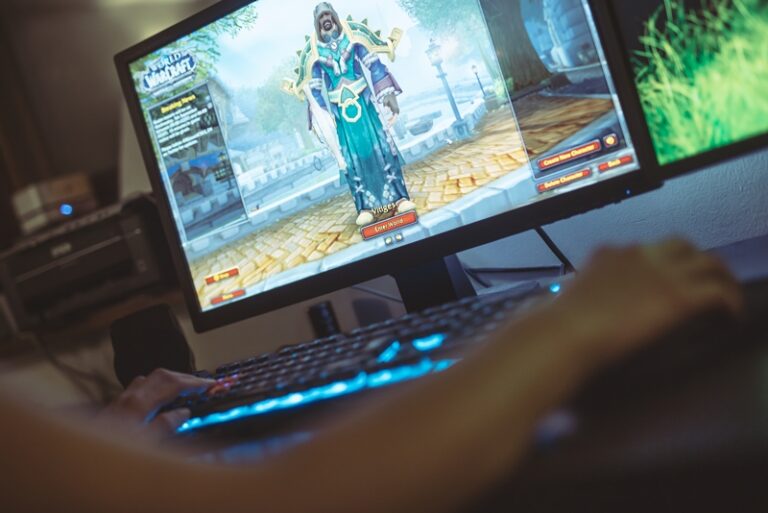
A year later, in 1996, Blizzard released the first Action-RPG in history, Diablo. Diablo went a step further, incorporating a giant blue orb that served to measure Mana specifically. Legions of fans grew up around Warcraft and Diablo, which helped cement the word Mana in gaming as a necessary new mechanic of fantasy digital worlds.
Today Warcraft continues to expand through World of Warcraft, one of the most popular multiplayer online games that exists. Diablo is also expanding with its most recent releases. Both of which are loaded with Mana and blue bottles of mana elixir. It is impossible to talk today about RPGs, online or otherwise, and games that take place in fantasy worlds without talking about Mana.
But, while for Polynesians, Mana is a fundamental part of their identity and heritage. For gamers, even in fantasy worlds, its use can be perceived as more optional.
Limitations about the use of Mana
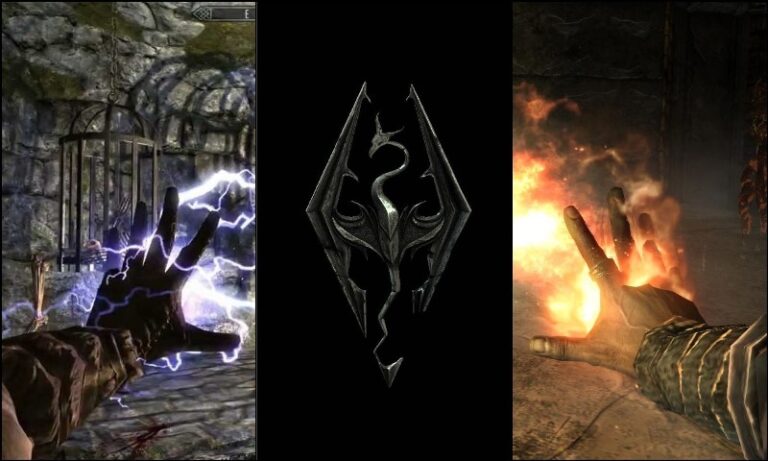
Gamers frequently complain about the number of mana points players can consume to cast just one or two spells. This interrupts the game’s mechanics by having to stop the attack to ingest new blue mana potions or wait for the meter to recover.
Additionally, these mechanics tend to be more complex, like Mana manipulation. Certain more powerful spells may need a cooling time before the player can activate them again. Although it is true that special physical attacks can also consume stamina, it does not limit the ability to attack if it is depleted.
For example, in the most recent installment of The Elder Scrolls V: Skyrim, the most powerful magic attacks consume a large amount of Mana. This could leave the player vulnerable if they do not master other types of attacks.
While it is possible to restore your Mana by drinking potions quickly. The weight of the Mana potions could soon become a problem, especially in the game’s early stages.
So, do you really need Mana?
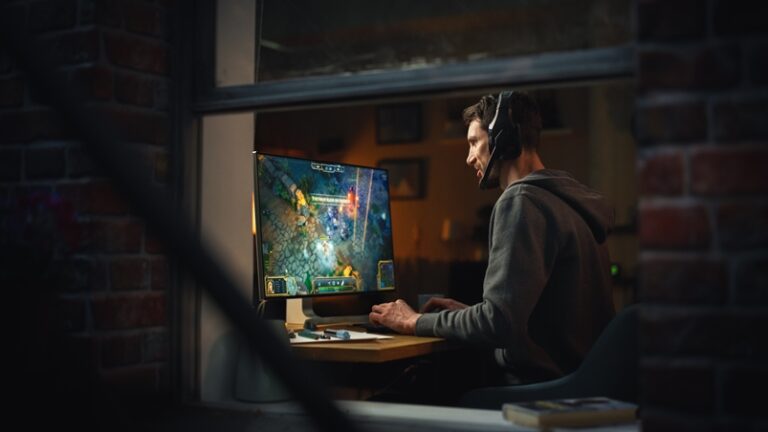
So, do you really need the Mana to enjoy your video games? It depends. If you want your character to specialize in magic and are willing to manage your resources to use your Mana points optimally, yes, of course.
But, if the ability to cast spells is optional for your gameplay style, you don’t need Mana in gaming. Or at least not much. We won’t deny the usefulness of restoring your energy, turning invisible, lighting the path, protecting yourself, or summoning NPCs that can attack for you at a given moment.
But the Mana may become unnecessary in some specific cases depending on factors such as story, game mechanics, and gameplay. Still, as part of your overall experience, the answer is no; the Mana is not completely necessary.
By the way, If you want to enjoy your favorite fantasy video games and come to your own conclusion about Mana, you can buy then using a debit card for gamers like the Ugami Card. Every time you use it in your daily transactions, you will be able to accumulate Ugipoints. You can exchange these reward points at the Ugami Store for a wide variety of gaming products, such as gift cards, GPUs, video games, and more.
So, for me, there’s no real need or advantage about using Mana. But hey! I’m more of a two-handed sword Paladin either way. Let us know in the comments what your favorite fantasy video game is.


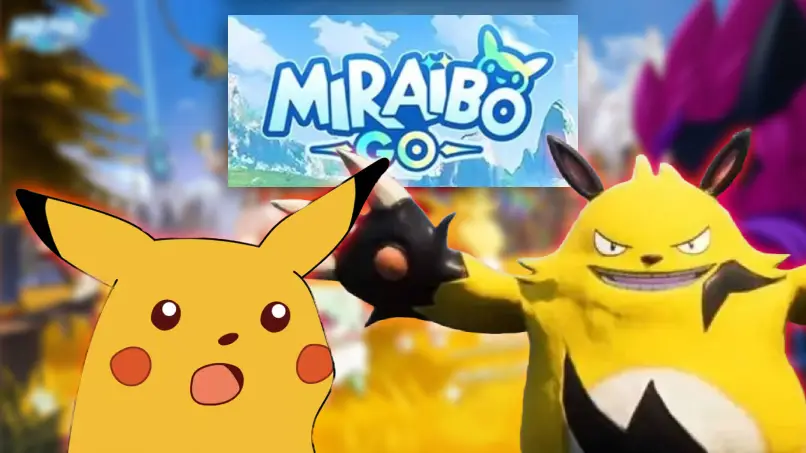
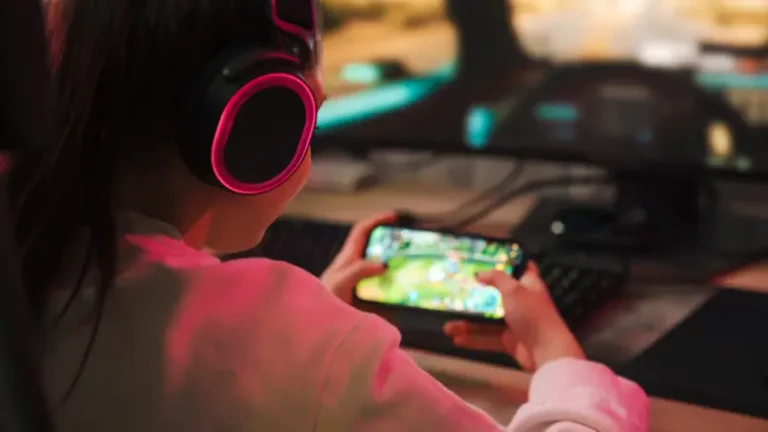

Loved this party. It’s good to know that a Card designed for Gamers is actually ran by Gamers. This story was spot on and extremely entertaining. I look forward to more of these.
Mana is ref. In the bible first as life … energy. Yes gamers all need that … AMEN